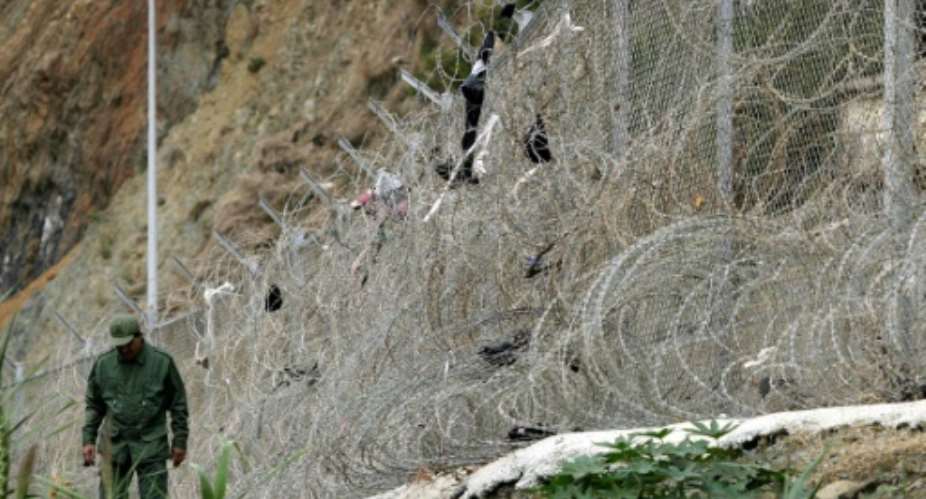Madrid (AFP) - The number of migrants arriving in Spain so far this year has soared more than 88 percent from the same period in 2016, Interior Minister Juan Ignacio Zoido said Tuesday.
Speaking in a parliamentary commission on internal affairs, he added that the number of people merely attempting to get to the Spanish overseas territory of Ceuta in northern Morocco had dramatically increased.
Up until Monday, 15,473 migrants had entered Spain illegally by sea and over land, he said.
Of the 11,162 people who arrived by sea, some 11,000 were rescued by coastguards from rickety boats in which they were crossing the Mediterranean between Morocco and Spain.
The others arrived on their own.
At least 121 people have died along the way, according to the International Organization for Migration (IOM).
Many Africans undertaking the long route to Europe are choosing to avoid crossing danger-ridden Libya to get to Italy along the so-called central Mediterranean route, and choosing instead to get there via Morocco and Spain.
But figures show that the route to Italy is still the most popular, with some 100,000 people arriving so far this year.
Zoido said there had been a leap in coordinated attempts to break through high double border fences or storm frontier posts in Ceuta, which with Melilla, another Spanish territory in northern Morocco, represents the only land border between Africa and Europe.
He said that so far this year, close to 9,000 people -- mostly from sub-Saharan Africa -- had attempted to force their way into the Spanish territory compared to 613 in the same period in 2016.
"There is a constant trickle of people attempting to break through Ceuta's fence," he said.
He added that the double fence in Ceuta, built in 1999 and increased in height from three to six metres (10 to 20 feet) in 2005, "doesn't fulfil the purpose for which it was once built."
"The migrants use tools such as clubs, metal cutters or hooks to break doors in the border fence and cut or climb over the fences," he said.
The Spanish government aims to invest some 12 million euros ($14.4 million) next year to shore up the border fence between Morocco and Ceuta, by for instance reinforcing security along the barrier.





 Dumsor: Mathew Opoku Prempeh has been disrespectful, he should be fired – IES
Dumsor: Mathew Opoku Prempeh has been disrespectful, he should be fired – IES
 NPP prioritizing politics over power crisis solution — PR Strategist
NPP prioritizing politics over power crisis solution — PR Strategist
 E/R: Gory accidents kills 3 persons at Aseseaso, several others critically injur...
E/R: Gory accidents kills 3 persons at Aseseaso, several others critically injur...
 Nobody can come up with 'dumsor' timetable except Energy Minister – Osafo-Maafo
Nobody can come up with 'dumsor' timetable except Energy Minister – Osafo-Maafo
 Dumsor: You ‘the men’ find it difficult to draw timetable when ‘incompetent’ NDC...
Dumsor: You ‘the men’ find it difficult to draw timetable when ‘incompetent’ NDC...
 We’re working to restore supply after heavy rains caused outages in parts of Gre...
We’re working to restore supply after heavy rains caused outages in parts of Gre...
 NPP government plans to expand rail network to every region — Peter Amewu
NPP government plans to expand rail network to every region — Peter Amewu
 Dumsor must stop vigil part 2: We’ll choose how we demonstrate and who to partne...
Dumsor must stop vigil part 2: We’ll choose how we demonstrate and who to partne...
 2024 elections: NDC stands on the side of morality, truth; NPP isn't an option —...
2024 elections: NDC stands on the side of morality, truth; NPP isn't an option —...
 Akufo-Addo has moved Ghana from 'Beyond Aid' to ‘Beyond Borrowing’ — Haruna Idri...
Akufo-Addo has moved Ghana from 'Beyond Aid' to ‘Beyond Borrowing’ — Haruna Idri...
